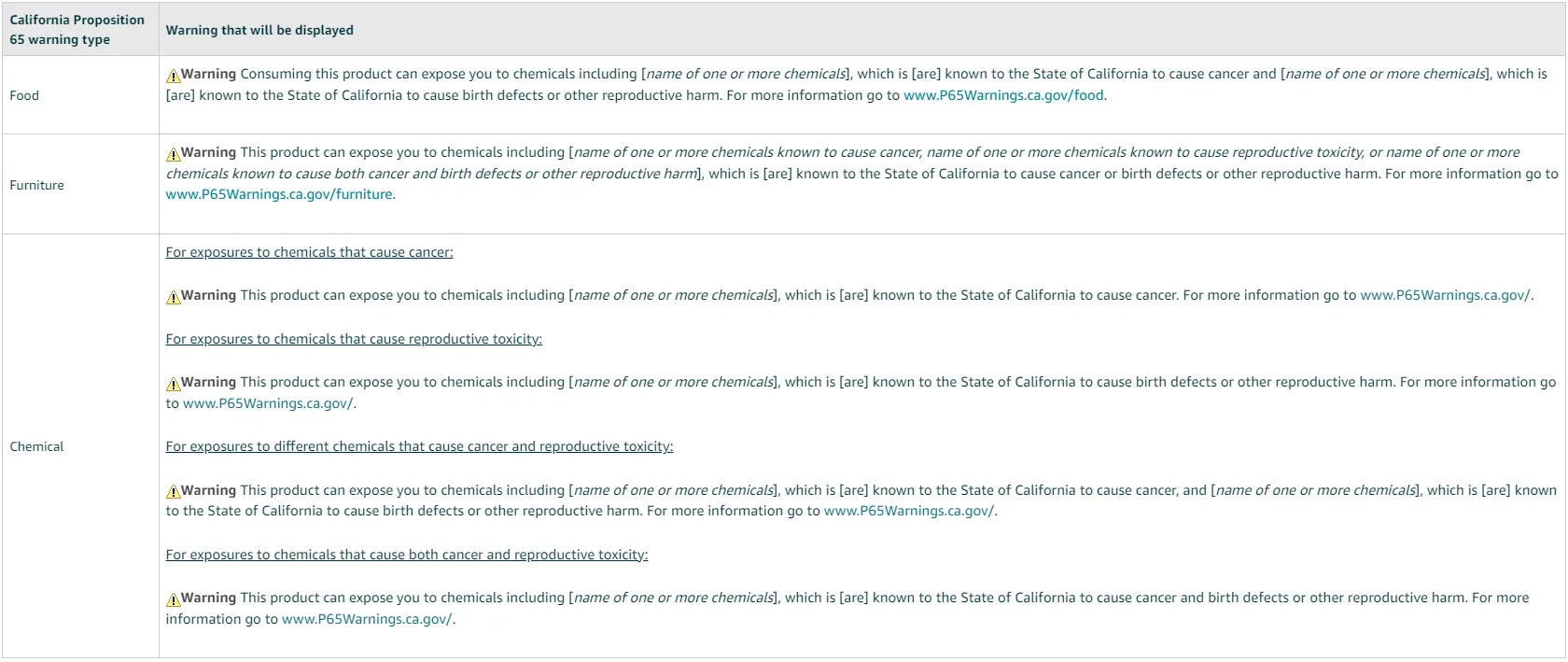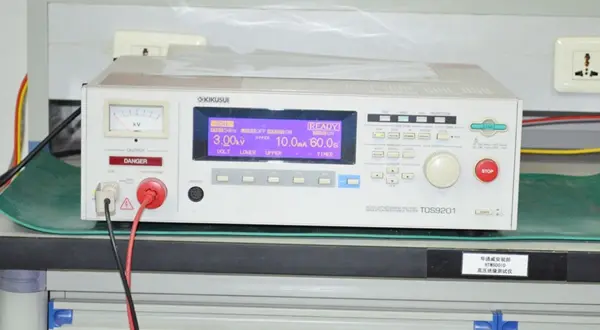
What is PAHs (Polycyclic Aromatic Hydrocarbons) Testing?
For those engaged in export business, a “PAHs test report” is one of the most frequently requested documents from clients. However, many people only have a vague idea about PAHs testing—what exactly it is, which products it applies to, and how the process works. This guide provides a comprehensive breakdown of the key points of PAHs testing, helping you handle export compliance requirements with ease.

What are PAHs?
PAHs, short for polycyclic aromatic hydrocarbons, are a class of organic compounds containing two or more fused benzene rings. More than 150 types have been identified, with common ones including naphthalene, anthracene, phenanthrene, and pyrene.
Among them, benzo(a)pyrene is the most representative substance—it was the first environmental cheMICal carcinogen discoveRED and is highly carcinogenic. It accounts for about 1%–20% of all carcinogenic PAHs and is therefore often used as the key reference indicator in PAHs testing and regULation.
Where are PAHs regulations enforced?
PAHs regulations mainly apply in Europe, covering:
EU Member States (27 countries): France, Germany, Italy, the Netherlands, Belgium, Luxembourg, Denmark, Ireland, Greece, Spain, Portugal, Austria, Sweden, Finland, Cyprus, Hungary, Czech Republic, Estonia, Latvia, Malta, Poland, Slovakia, Slovenia, Bulgaria, Romania.
(Note: Although the UK left the EU in 2016, it still follows related compliance standards.)3 Non-EU European countries: Iceland, Liechtenstein, Norway.
If your product is intended for these markets, PAHs compliance testing is essential.
Which products require PAHs testing?
Not all exported products require PAHs testing. The following categories are key focus areas and must be carefully considered:
Electronics & electricals: such as mobile phones, computers, home appliances.
Rubber and plastic products: including daily-use rubber/plastic goods and automotive rubber/plastic parts.
Products in contact with humans or food: e.g., food packaging materials, children’s toys, containers.
Other potential risk categories: depending on material and use case (consult a testing agency in advance for confirmation).
What does PAHs testing cover?
PAHs testing targets specific compounds rather than being a general test. It primarily covers 18 major PAHs, including:
Naphthalene, Acenaphthylene, Acenaphthene, Fluorene, Phenanthrene, Anthracene, Fluoranthene, Pyrene, Benzo(a)anthracene, Chrysene, Benzo(b)fluoranthene, Benzo(k)fluoranthene, Benzo(a)pyrene, Indeno(1,2,3-cd)pyrene, Dibenzo(a,h)anthracene, Benzo(g,h,i)perylene, 1-methylnaphthalene, 2-methylnaphthalene.
Testing ensures the content of these compounds complies with regional regulatory limits.
PAHs certification limit requirements
Instead of a tabular layout, here are the main scenarios and their respective requirements:
Toys (children’s sporting goods, childcare articles):
REACH Annex XVII (8 items): ≤0.5 mg/kg for any one substance.
GS (15 items, AfPS GS 2019:01 PAK): Bap <0.2; total of 15 items <1; naphthalene <1; phenanthrene/pyrene/anthracene/fluoranthene total <1; other 9 items <0.2 each.
Long-term skin contact (adult products):
REACH Annex XVII (8 items): ≤1 mg/kg for any one substance.
GS (15 items): Bap <1; total of 15 items <50; naphthalene <20; phenanthrene/pyrene/anthracene/fluoranthene total <50; other 9 items <1 each.
Short-term or no skin contact (adult products):
Same limits as long-term skin contact under both REACH and GS.
Tire oils:
REACH Annex XVII (8 items): Bap ≤1 mg/kg or the total of 8 items ≤10 mg/kg.
GS: No specific requirement.
What to prepare for PAHs testing?
Before starting, prepare the following three types of materials to avoid delays:
Test service application form (with accurate product name, model, manufacturer, etc.).
Product material list (detailing each component’s material for targeted testing).
Test samples (meeting required quantity and specifications, ensuring representativeness).
PAHs testing process
Submit application: Fill out the testing agency’s service application form, confirm testing needs and standards.
Contract & payment: Sign cooperation contract and pay fees as agreed.
Send samples: Mail prepared test samples to the designated testing address.
Testing & report: The agency conducts testing and issues the official PAHs test report upon completion.
How long is a PAHs test report valid?
The validity of PAHs test reports depends on two factors:
No fixed expiration date: As long as the product’s material and production process remain unchanged and regulations are not updated, the issued report can be continuously used.
Subject to regulatory updates: If European PAHs regulations are revised (e.g., stricter limits or new compounds added), retesting and an updated report are required to ensure compliance.
Email:hello@jjrlab.com
Write your message here and send it to us
 What Are the Battery Compliance Test Reports?
What Are the Battery Compliance Test Reports?
 Christmas Children’s Products EU & US Complian
Christmas Children’s Products EU & US Complian
 Food Packaging Material Testing
Food Packaging Material Testing
 Cosmetic Product Safety Report
Cosmetic Product Safety Report
 What is Prop 65 Warning?
What is Prop 65 Warning?
 Does RoHS Apply to Packaging?
Does RoHS Apply to Packaging?
 How to Get RoHS Compliance?
How to Get RoHS Compliance?
 How to get EN 62368-1 Test Report
How to get EN 62368-1 Test Report
Leave us a message
24-hour online customer service at any time to respond, so that you worry!




